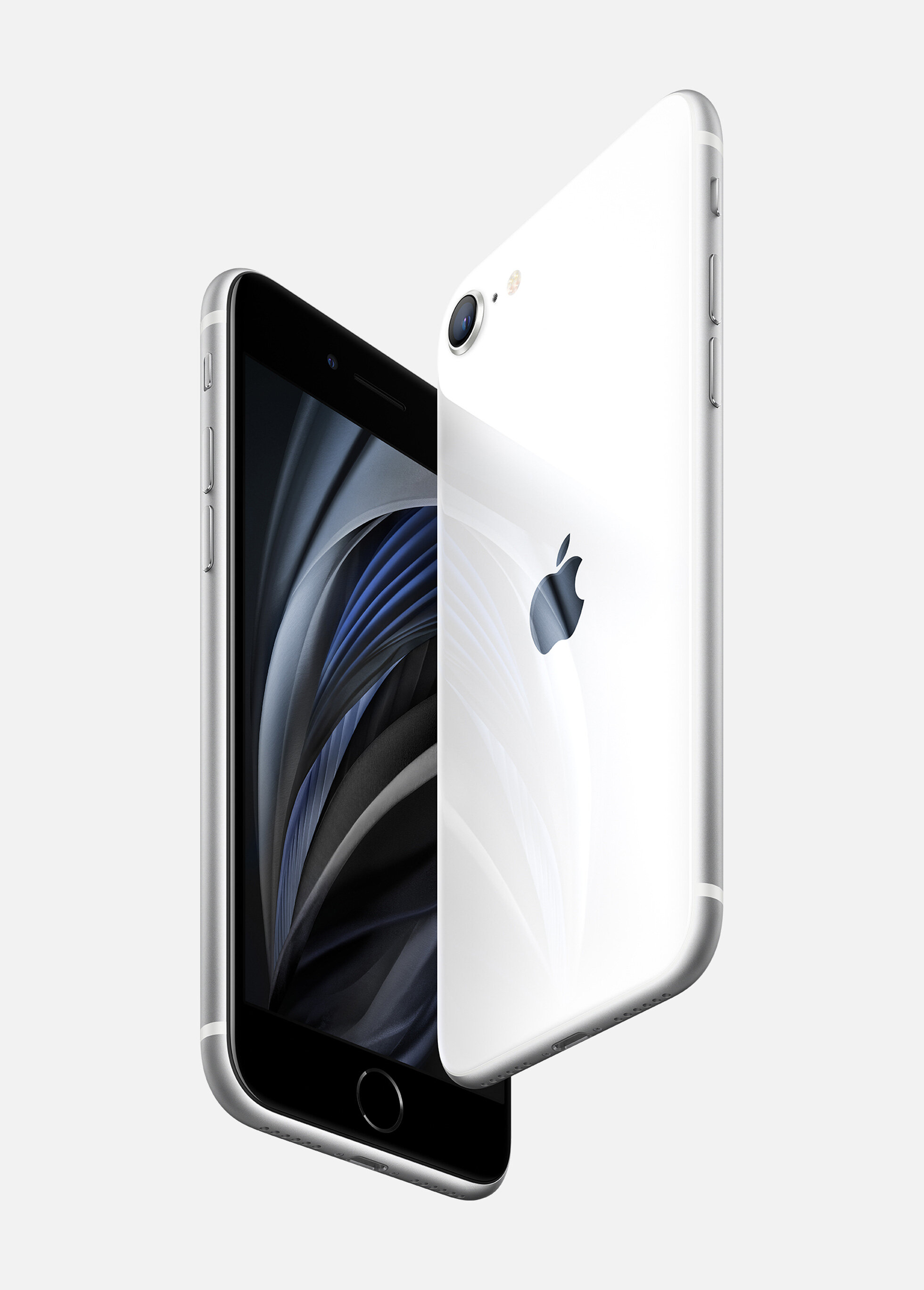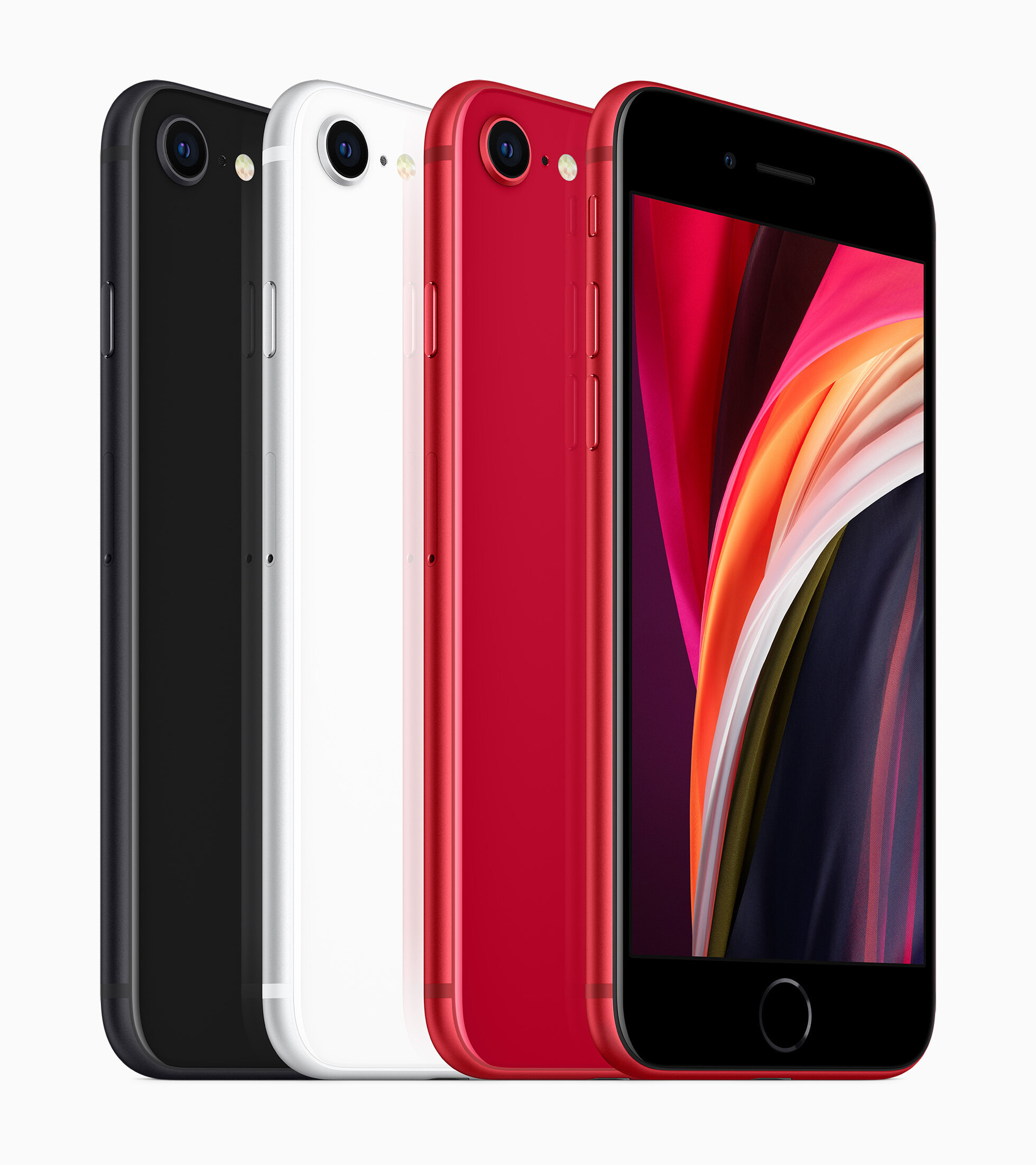Trivial Trade-offs with the iPhone SE(2) →
This time, the new SE’s trade-offs seem trivial. No face scanner, shooting photos in the dark or humongous screen? Those are minor inconveniences when you are paying 40 percent less than for an iPhone 11.
Who doesn’t want to save 40% on a new iPhone that uses the fastest and more current mobile processor as well as having an excellent camera? The biggest point that agree with Brian X. Chen on his iPhone SE (2) assessment is exactly this. He goes on to mention that he is more inclined to spend the $999 on an iPhone, as am I, but on day 2, why spend any more money?
“The new iPhone SE’s lack of compromise is what makes it remarkable. Apple took all the best parts from its expensive iPhones — including a fast computing processor and an excellent camera — and squeezed them into the shell of an older iPhone with a home button and smaller screen. At the same time, it managed to include useful features that were previously exclusive to fancy new phones, like water resistance, wireless charging and so-called portrait photos.”



